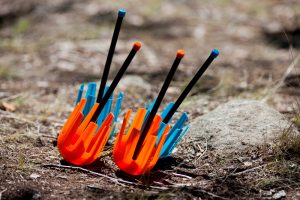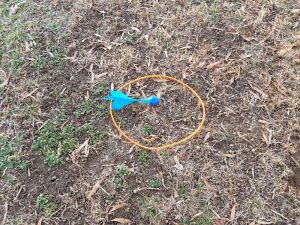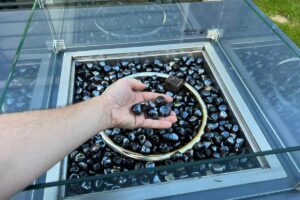Ponds are beautiful features that bring wildlife and joy to your property.
They also add grace and elegance to your home, making them pleasant and peaceful to look at.
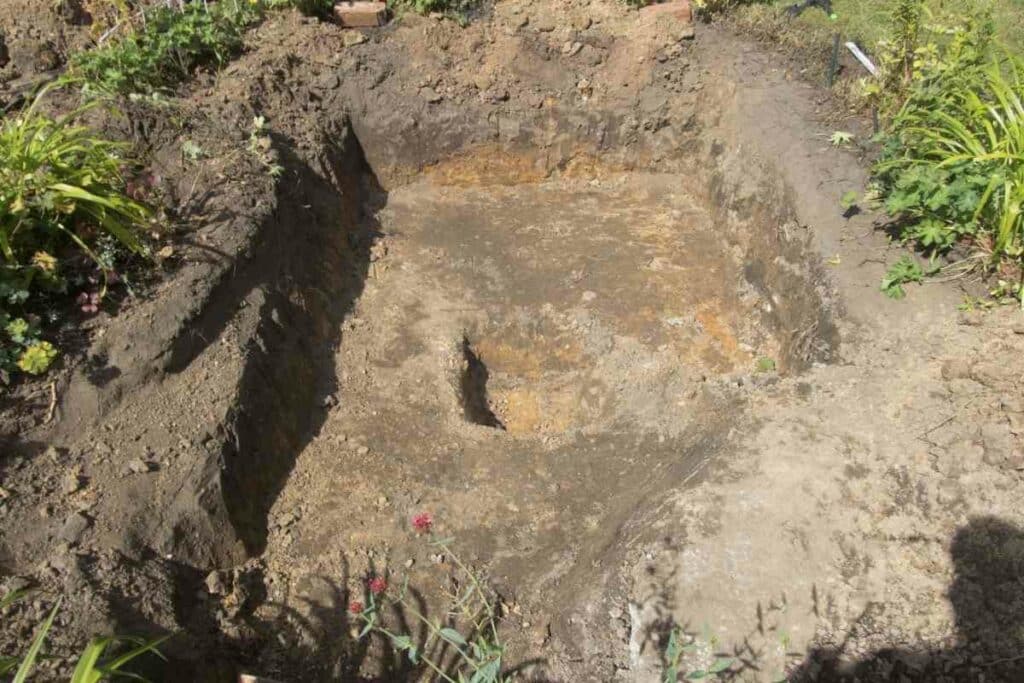
Still, ponds require a bit of work to maintain especially when it comes to filling and draining water.
Perhaps you are building a new pond, or the water levels are low in your already existing one.
What You Will Learn? This article will guide you on how to fill the pond with water using various methods. It will also provide additional information necessary to take care of a pond successfully.
Steps To Fill a Pond with Water
Step 1: Dig a Hole
Before you embark on the digging process, use a tarp or other large waterproof material to create an outline for the size of the pond you want to fill.
You can also use pre-formed pond liners, which will provide your water with a layer of protection from the ground.
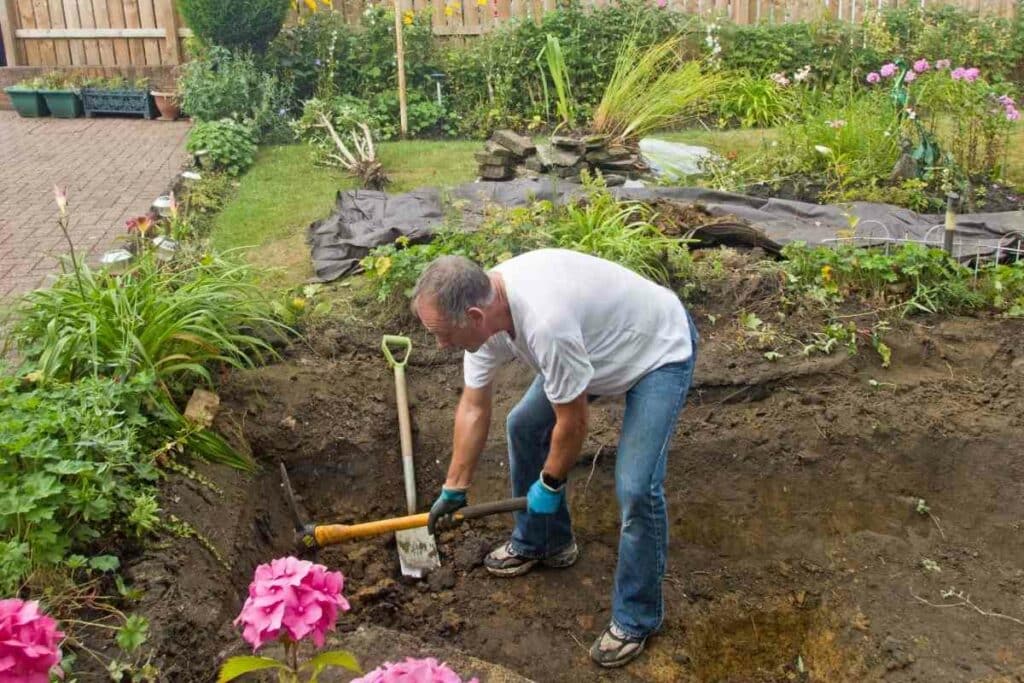
Dig out a hole in the area you have outlined, making sure it is deep enough to hold at least half an inch of water.
Typically, though, the depth of the pond depends on what you intend to use the pond for.
For Instance – If you plan to keep fish, the pond should be at least 20 inches to hold a capacity of 2000 liters. There is a formula to determine the pond’s more accurate depth/ size in liters: maximum length × maximum width × depth × 1000.
As you dig the hole, you ought to also consider the location.
Ideally, a pond should access 5 to 6 hours of sunshine every day for the optimum health of fish and plants.
Digging it too close to trees will result in a lot of leaf debris.
Once you have dug out the hole, make a point of removing large stones or any other objects that may cause damage to the pond liner.
It is also advisable to insert a 5cm deep layer of sand to prevent any seeds therein from shooting.
Step 2: Lay out the liner
This is the point where you insert a pond liner into the newly dug pond.
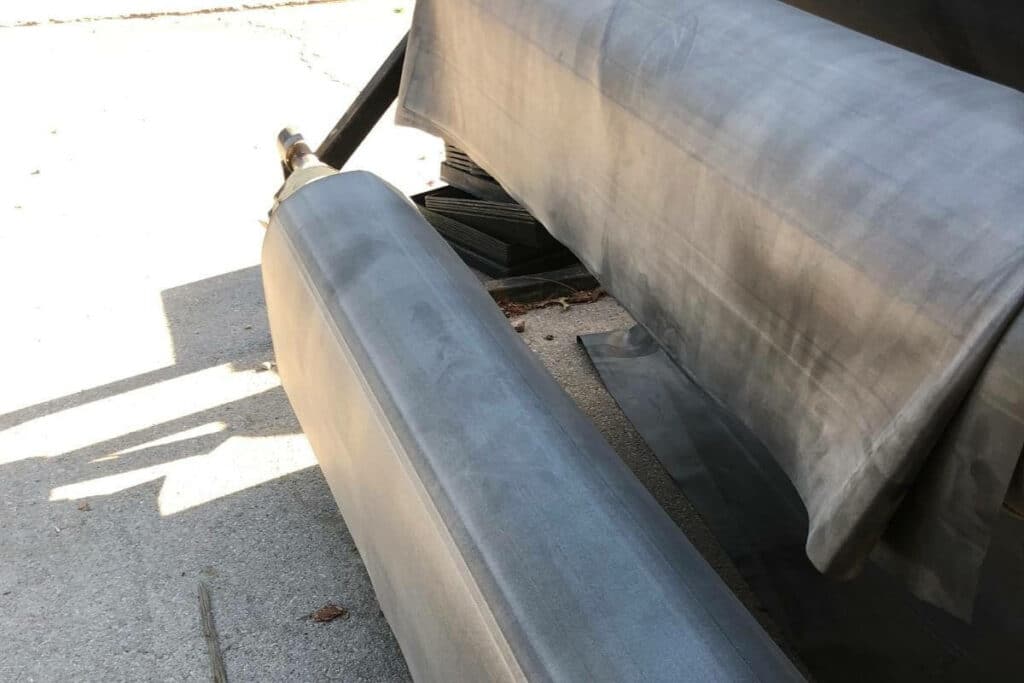
Put the liner into an opening around the pond and cut off any extra pond liner.
If you are using a sided pond liner that comes in rolls, make sure that it is inside-out.
If you are using a straight-line pond liner, it should face up so that it will not fray or tear easily when you are putting it over top of the ground and filling it with water.
Once the pond liner is well-installed, you can now fill the pond with water.
Step 3: Fill the Pond with Water
This is the most critical step, which also takes the longest time.
You ought to be super careful as a small mistake could take you back to the drawing board.
Essentially – You want to fill the water up to a certain amount to avoid flooding, which may cause the liner to sag or tear.
There are several ways to fill a pond with water.
Use Of Rainwater
This method involves filling a pond naturally using rainwater.
While it may take some time depending on the weather, it is economically feasible as you would not have to spend anything on the water.
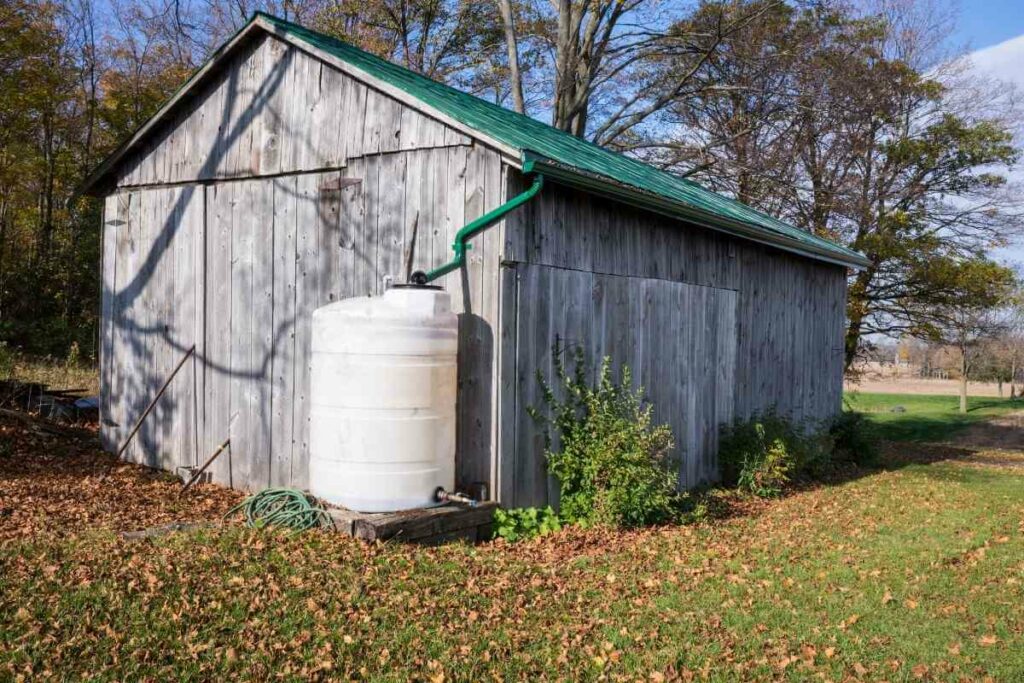
If you are in a locality that receives frequent rain, this would be the perfect method.
If you live in a place that rains only once in a while, then this would not be the most efficient way to fill your pond.
Comparatively, rainwater is the best way to fill a pond because it has a perfect pH level – close to 7.
Even so, you have to be careful with where the water passes through before falling into the pond.
For instance, roof spillovers may be contaminated, posing a danger to the organisms in the pond.
For This Reason – It is best to collect rainwater and store it for three days before pouring it into the pond- this reduces the effect of possible contaminants.
Using rainwater to fill ponds is most suitable for small ponds since they fill out faster.
Use Of a Hosepipe
Using a hosepipe is another way of filling a pond with water.
While it is more costly than using rainwater, it is pretty affordable. It is also very efficient and effective.

One downside to using a hosepipe is that it may be chlorinated, making it toxic to the plants and animals in the pond.
Read Later – Hose Pipe Splitter Buyer’s Guide
Therefore, it is imperative to test the pH of the water before pouring it into the pond. If the pH is less than 7, the water is acidic.
To rectify the situation:
- Use dechlorinating agents, which will be highlighted later in this article, to stabilize the pH level.
- Another way to purify the water is using water conditioners as they remove chlorine and impurities from the water.
Ensure that the conditioner is safe for humans, plants and animals before using it.
Pump From Borehole
Filling a pond with water from a borehole is pretty commonplace.
You ought to find a practical way to pump the water from the borehole to the pond.
The use of a tap is one effective way of transporting water from the borehole to the pond.
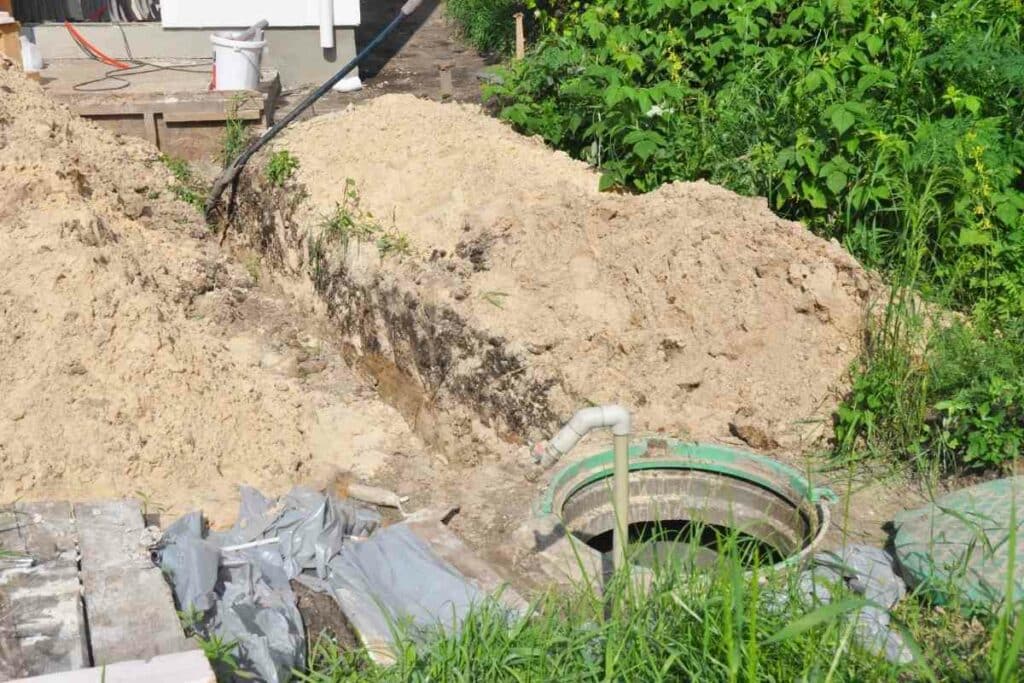
You can also use a hose.
When using a borehole to fill your pond, ensure that the ground is stable and free of any rocks and foreign objects.
This method is also affordable and will not require you to dig deep into your pocket.
Water Providers
While this is the most expensive method, it is also the safest and most effective.
It is a high-end option that involves getting water delivered to your home by professional water providers.
The water is often treated, clean, and always available if you have the financial means to pay for it.
Still, this method is most suitable for small ponds that do not require too much water, as it may be financially unsustainable for bigger ponds.
Step 4: Fill the Pond with Fiona and Flora
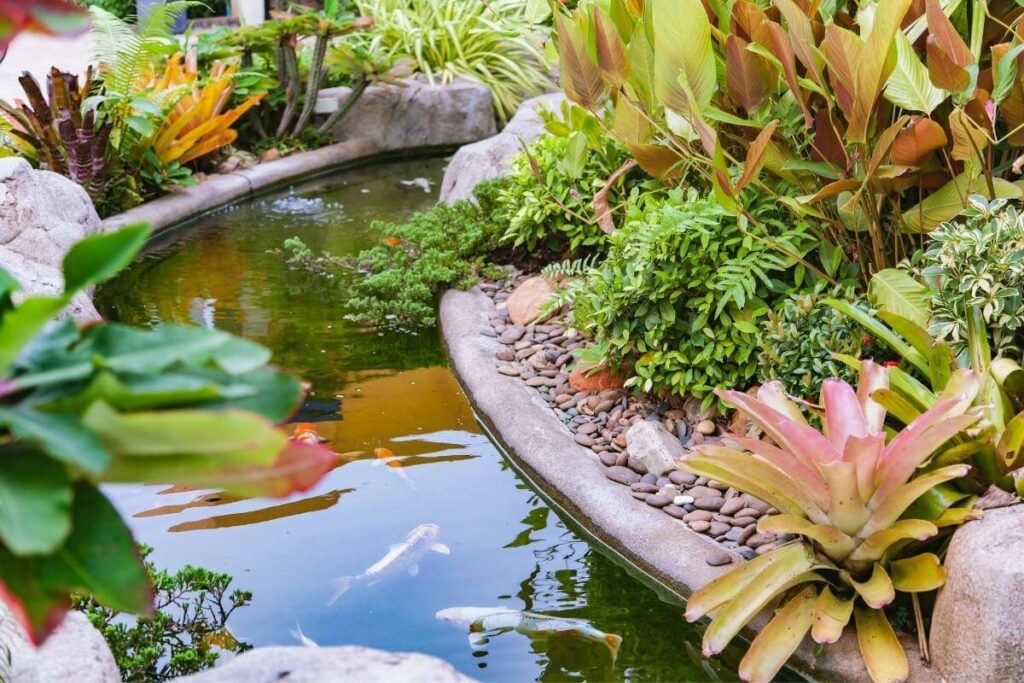
Once the water is settled in the pond, it is time to fill it with plants and animals, such as fish, birds, and others, depending on your preferences.
Plants create a serene ambiance that will be peaceful to glare at.
Furthermore, they are a natural filter as they help purify the water.
Also, plants bring color and texture, giving your pond a personality. The best plants to put in the pond are those adapted to aquatic conditions.
The most common animals to put in a fish are fish. There are several types of fish suitable for pond water, and one of them is koi fish.
Other animals attracted to pond water include birds.
If you want more animals to visit your pond, you will have to apply different methods of attracting them.
How Long Before Fish Can Go into A Pond After Filling It with Water?
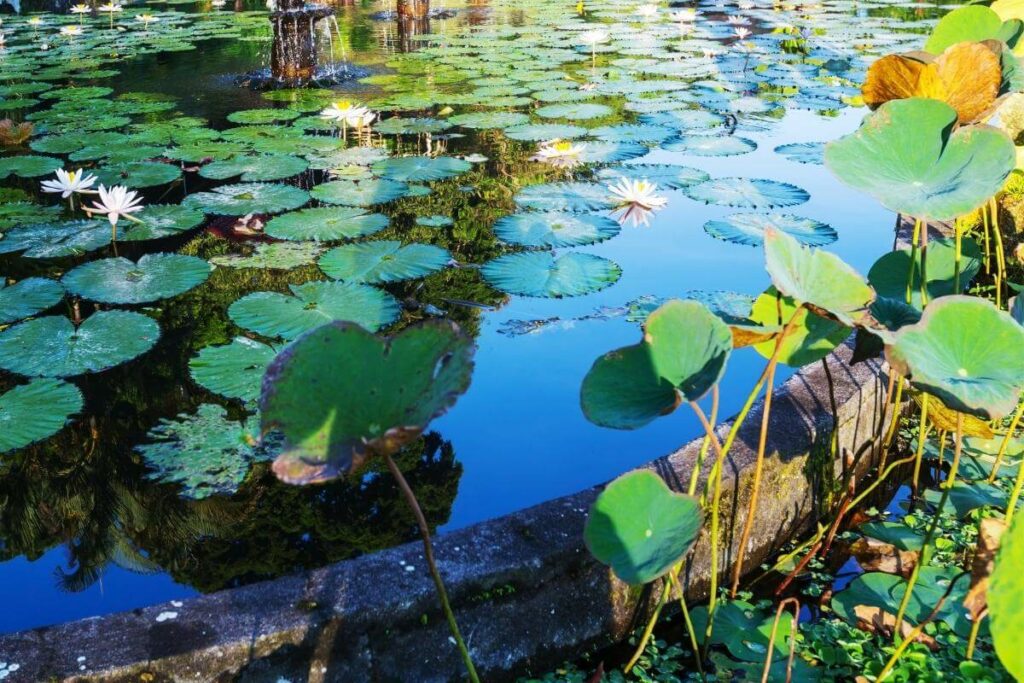
Before putting fish into the pond, there already should be plants to create a suitable environment for the fish.
As we have established in this article, plants tend to act as natural purifiers, so they help keep the water in a suitable condition for the good health and survival of fish.
Also, the pH levels should be between 7.2 and 7.8 before you put the fish into the pond.
Similarly – The water temperature should not exceed 60 degrees Fahrenheit. Essentially, you should wait for at least 3 days after filling the pond to put fish in the water.
Types Of Dechlorinators
The types of dechlorinators you can use to purify chlorinated water in a pond include the following.
Chlorine Gas
This is the most common type of dechlorinator.
It is usually used in combination with other types to inhibit bacteria growth. There are different concentrations of chlorine available.
Keep in mind that using 100% chlorine can be dangerous, so it is recommended that you dilute the chemical before use.
Sodium Thiosulfate
This belongs to a family of chemicals that function as oxidizing agents.
The chemicals break down chloramines and amines into less harmful components, like sulfites and ammonia.
Copper Sulfate
This is a type of dechlorinator with a long history of use.
It is, however, not as common now because of the chemicals’ high price, but it has been well proven to work for over 15 years.
It also has the advantage of being cheap compared to alternatives due to its availability from water treatment plants and other places worldwide.
Calcium Hypochlorite
Calcium Hypochlorite is a mixture of Ca(OCl)2 that can be dissolved in water.
The mixture dissolves in water to produce hypochlorous acid, an oxidizing agent that can function as a disinfectant and dechlorinator.
The mixture loses its active properties when it reaches neutral pH, which is convenient.
Taking Care of a Pond After Filling It with Water
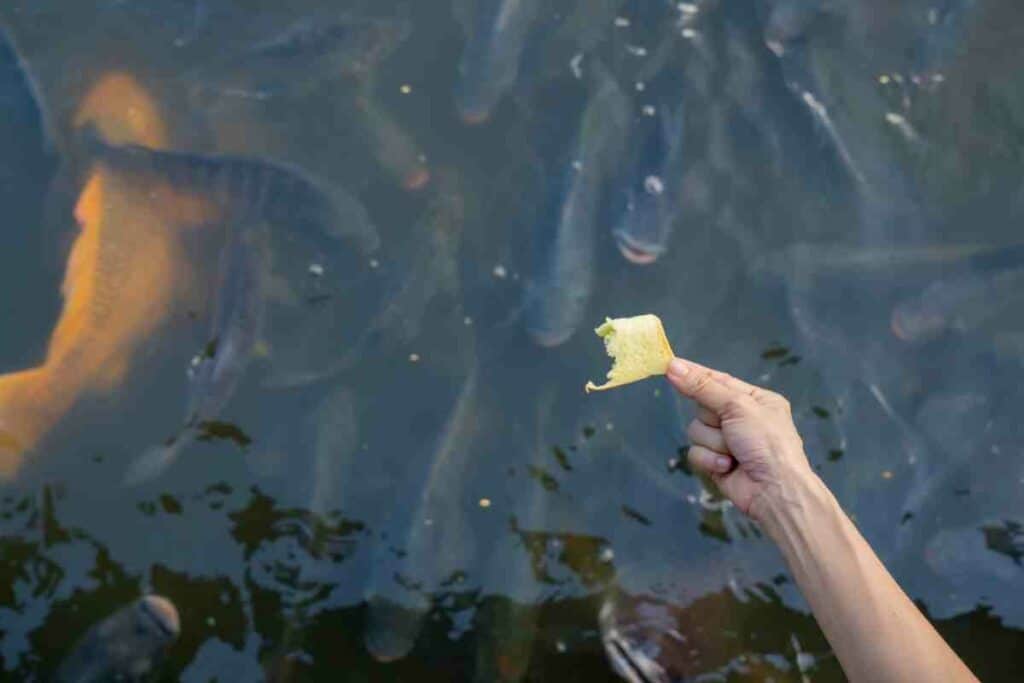
Keep The Pond Clean
You should keep the water clean at all times.
Use purifying agents to get rid of toxic substances and nets or skimmers to get rid of leaves and other types of debris.
Also, it helps to keep the water cool when it is hot.
In Addition – Refrain from overfeeding the fish, or overfertilizing the plants, as the extra chemicals will contaminate the water.
Shield The Pond
Protect the pond from outside elements, including unauthorized persons and unwanted animals.
Use a fence to create a barrier between the pond and the outside.
Also, install predator protection for the fish to hide in case predators invade them.
These include spiraling fish tunnels, nets, and decoys.
Make Use of Beneficial Bacteria
This is a biological method of keeping a pond pure after filling it with water.
Good bacteria decompose fish wastes to keep the levels of ammonia in the water as low as possible. High levels of ammonia are not safe for both fish and some plants.
An example of beneficial bacteria is the Nitrospira bacteria, which converts ammonia to nitrite and then nitrate, a non-toxic substance.
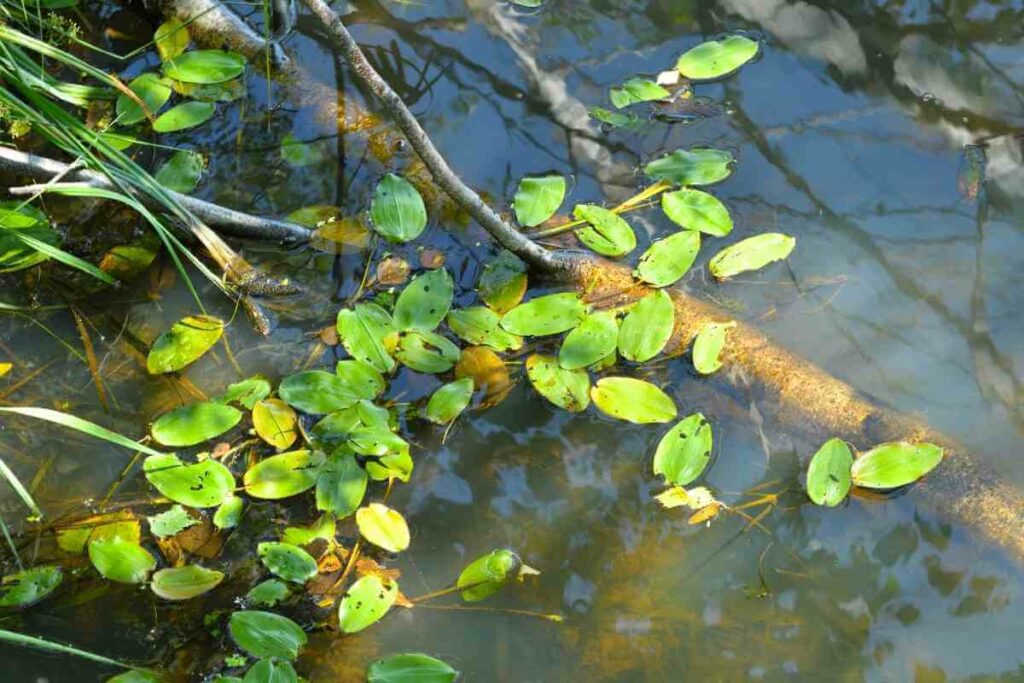
Essentially, this bacteria reduces levels of ammonia in the water.
There are several places you can get beneficial bacteria:
- For one, you can purchase refrigerated ones from aquarium stores.
- You can also acquire them from the sand or gravel of established ponds.
Note that it is wise to start with just a little fish when the pond is newly filled, as the less the fish, the less the ammonia produced.
Add fish gradually as the pond becomes more established.
Draining A Pond
If you want to drain a pond so you can refill it with water, there are various ways to go about it.
These methods depend on the size and the circumstances of the pond.
Use of a Water pump
This is the easiest method to drain water from a pond.
It involves a submersible water pump that uses pressure to remove water from a pond.
The pressure pushes water into the pump reducing the effort required to remove the water.
This method is perfect for smaller ponds.
Use Of Solar-Powered Pumps
While this method is relatively slower, it is pretty efficient.
As per the name, the pump uses energy from the sun to perform. Just like the pump above, this one is most suitable for smaller pumps.
It is slow because it drains water seasonally. Some of the pumps have added features such as aeration.
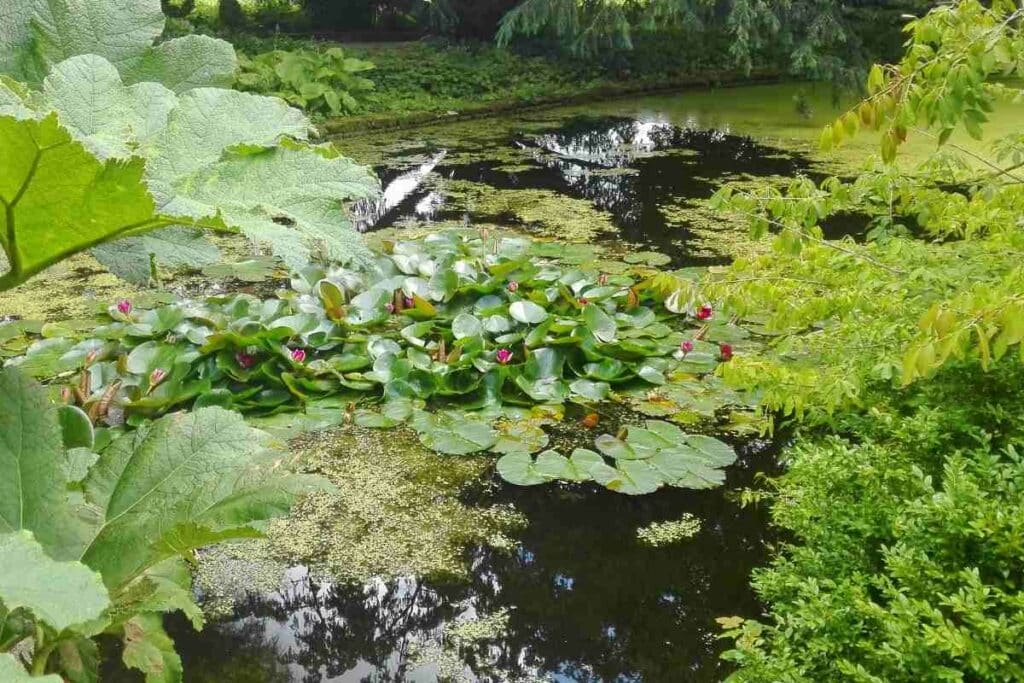
Use Of a Water Vacuum
Like the pumps above, a water vacuum is suitable for small ponds.
One advantage it has is that it drains water pretty quickly. This vacuum is quite pricey but worth the money, especially if you want a speedy job.
If you are planning on draining the pond once and for all, then this is not the best method.
This is because a water vacuum is most suitable for draining pond water temporarily.
Use Of a Siphon Water Hose and Pump
This method of draining pond water is cost-effective and foolproof, even though it requires more effort than other methods.
It involves adding a pump to a water hose and manually siphoning water from the pond.
The method works great on higher ponds. To pump all the water out, you should use larger hand pumps.
While it takes quite some time to get the work done, you are in a position to control the amount of water drained from the pond.
Frequently Asked Questions
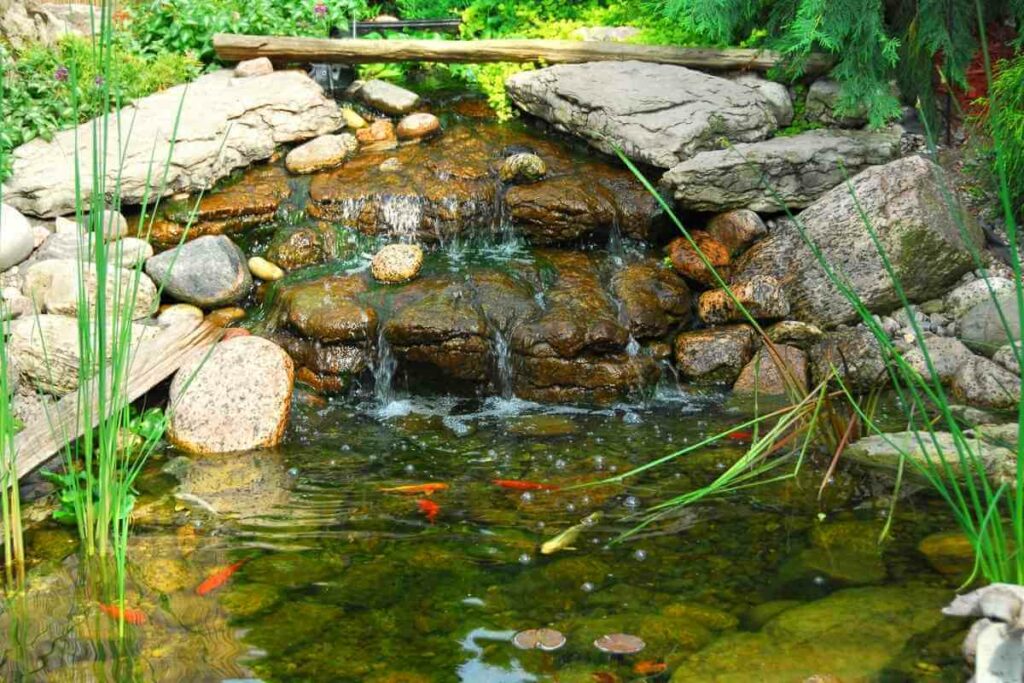
How long does it take to fill a pond?
It depends on the method you are using and the size of the pond.
Naturally, the smaller the pond, the faster it fills up. Also, using rainwater to fill a pond will take significantly longer than hiring water providers.
Can you build a pond anywhere?
You can pretty much build a pond anywhere, provided certain conditions are met.
For instance, the location should be spacious enough to accommodate the pond adequately.
Also, consider how you are going to source water. If it is rainfall, then it should be placed strategically enough to acquire as much water as needed.
If you want to attract wildlife, you should build it in a place where the pond is clearly visible to the wildlife.
More Importantly – You want to position it in a place where you can see it and enjoy the beautiful views.
Do I need paper sleeves for the pond?
Paper sleeves are specially-made rubber sleeves designed to fit over the pond’s pipe to prevent leaks.
You only need it if the pond has a filler or an overflow pipe.
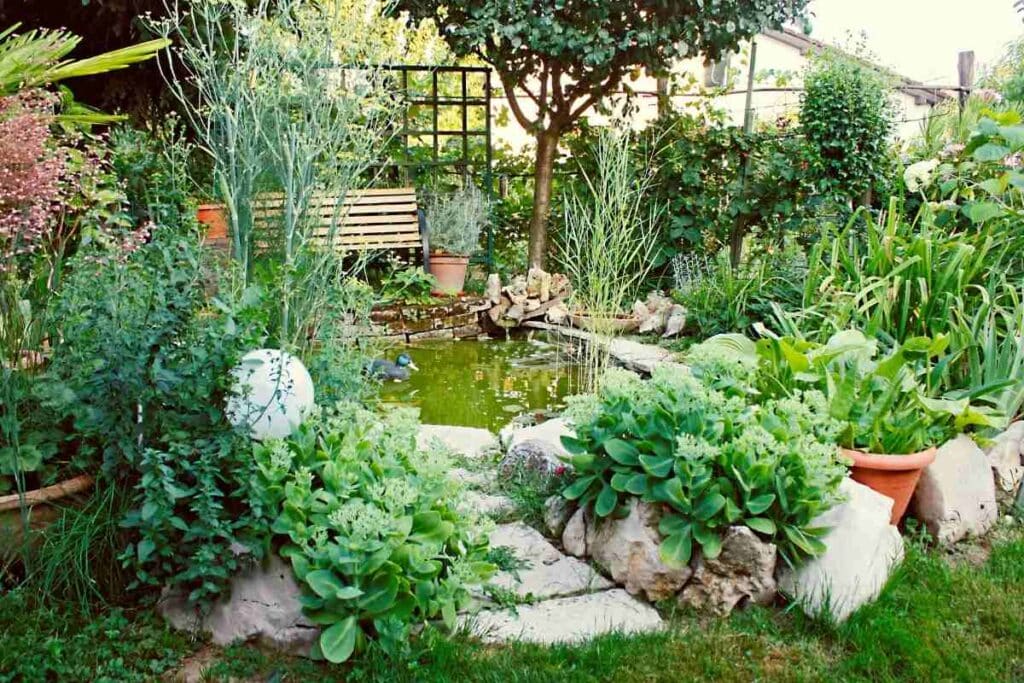
Is it okay to use tap water to fill a pond?
It is okay to use tap water to fill a pond.
However, you will want to avoid using chlorinated tap water because its chemicals can disrupt the ecological balance in your pond.
Instead, use a hose with clean tap water or rainwater in order to fill up and maintain your pond’s ecosystem.
How big does a pond need to be?
The answer depends on you.
A lot of it has to do with your location, how much rain you get, how much sun you get, how likely it is for flooding, and when or how often you want to use it.
The best size is whatever you deem fit as per your individual desires and resources.
Final Thoughts
If you intend to build a pond or refill one already existing, we hope that this article has been enlightening.
There are various methods of filling a pond with water, including rainwater, boreholes, tap water, hose pipe, and water providers.
The best method to use varies from one person to another. For some, it is convenient to use rainwater, while others can afford to source water from water providers.
Whichever method you use to fill your pond with water, ensure that the water is clean and safe for the flora and Fiona.
If the water has chlorine, use the dechlorinators highlighted in the article to purify the water.

